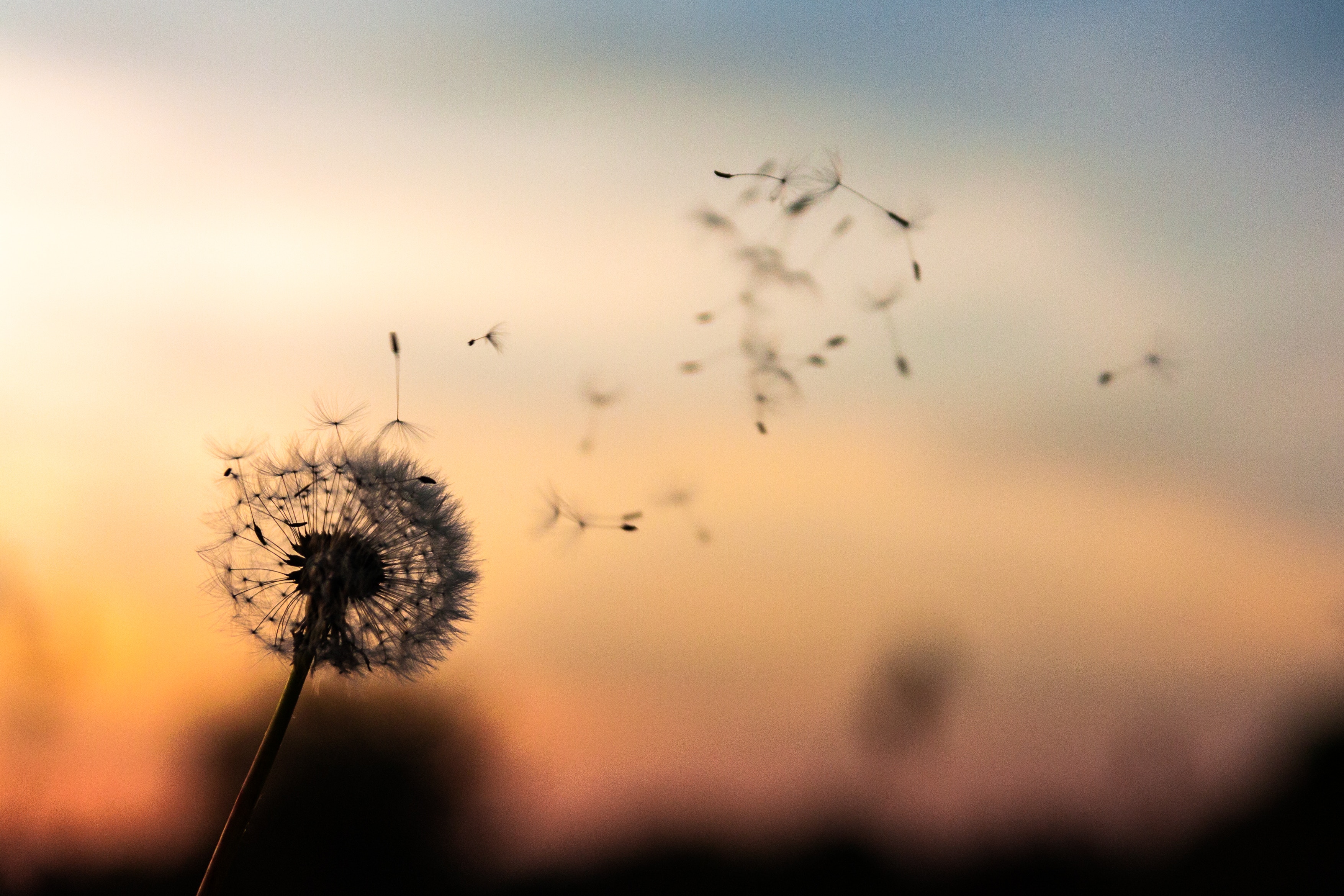If you’ve ever missed a critical deadline or found out your company was planning a merger or unexpectedly going out of business, you’ve likely experienced the way your thoughts and fears (mind) can affect your breathing (body). When life’s unexpected surprises come our way, our lungs often seem to seize up.
In Sanskrit, prana means breath. More fundamentally, it means energy, strength, vitality—the life force that holds all things together. Pranayama connotes the expansion of breath and its control and fosters the development of breath as a tool for vital living. Prana is a powerful force. It is considered the integrating principle of all life. A smooth, free, and undisturbed flow of prana supports good health and ease of body and mind. When we can center our awareness and flow of prana in a single direction, we can achieve the kind of concentration, focus, and clarity necessary to function optimally in our work.
In the yoga sutras, Patañjali described our ability to control prana as a matter of regulating our inhalation and exhalation as well as the pause between breaths. This method of focused breathing is the practice of pranayama, a specific, intentional way of inhaling and exhaling over a period of time to produce a desired effect on your body and mind. In Sanskrit, the suffix -ayama means to lengthen, stretch, or extend. Thus, pranayama can be considered the conscious expansion of our natural capacity for breath. The aim of pranayama is to foster a free and undisturbed flow of prana so we can quiet and calm our minds and focus successfully on the task at hand.
How often do you think about breathing? On average, a person at rest takes about 16 breaths per minute. This means we breathe about 960 breaths an hour, 23,040 breaths a day, and 8,409,600 breaths a year. Unfortunately, in the modern world, most of us have lost touch with our breath. We operate under constant stress, spend hours hunched over a computer keyboard, and wear tight clothing that restricts our ability to relax, open up, and breathe optimally. Optimal breathing is a full, free, and uninhibited breath from the diaphragm, one that fills our lungs, oxygenates our blood, and energizes us.
When we are stressed, fearful, or hear bad news we often gasp—inhaling sharply and then holding our breath. These breathing patterns can activate the sympathetic nervous system, often referred to as the “fight or flight response.” Pranayama is meant to expand, intensify, and consolidate the energies of the breath by directing, regulating, and balancing their flow. This process helps us break our unconscious breathing patterns and make the breath long, easeful, and smooth. Our unconscious breathing patterns are generally not easeful and smooth; like a gasp, they tend to be tense, shallow, and erratic.
Have you ever heard the advice to “just breathe” when you’re stressed? Although a well-known cliché, it’s true. Pranayama techniques can support the parasympathetic nervous system and activate what is commonly known as the “relaxation response,” which reduces stress and its negative effects on the mind and body. As a result, we gain greater resilience in the face of adversity, and our minds become less cluttered and frantic.
In the yoga sutras, Patañjali writes, “As a result [of pranayama], the covering that blocks our own inner light is reduced.” In other words, through the practice of pranayama you can reduce mental noise—the agitation, distractions, and self-doubt—that prevents you from connecting with your true self and reaching your full potential.
As a leader, I rely on breath control throughout my day, especially in challenging situations. It’s an essential survival tool. If I feel overwhelmed or am coming out of a tense meeting and need to clear my head, a few minutes of deep breathing helps me achieve balance.
Medical studies have demonstrated that there is a powerful connection between your breath and your ability to handle stress. Slow, deep breaths that engage the abdominal muscles and diaphragm, instead of the muscles in your upper chest and neck, can bring you back from the emotional brink in even the worst situations. Military officers implement tactical breathing techniques to help regain control of their bodies and minds during critical situations. Rhythmic patterns of breath also strengthen the respiratory system and soothe the nervous system. Deep breathing triggers the parasympathetic nervous system linked to stimulation of the vagus nerve, which runs from the base of the brain to the abdomen and is responsible for mediating nervous system responses and lowering your heart rate, among other things. Thus, deep breathing is one of the most efficient ways to focus on the present, center yourself, and feel relaxed, thereby reducing stress and anxiety, even in the most challenging moments. When you breathe deeply, it sends a message to your brain to calm down and relax. The brain then sends this message to your body. Those things that happen when you are stressed, such as increased heart rate, fast breathing, elevated blood sugar, and high blood pressure, all decrease as you breathe deeply to relax.
It takes a little practice to integrate proper breathing into your daily life, but the effort is worth it: by training your body with a regular practice of deep breathing, you will begin to breathe more effectively automatically. Regular practitioners of yoga can exert a strong influence over their thoughts and emotions through proper breath control.
Breathing is the essence of life. The practice of pranayama helps pacify the mind and soothe the emotions, even in your most agitated, turbulent state, allowing you to make prudent and objective decisions— an essential part of good leadership. Breathe into a balanced mind that is capable of processing issues at multiple levels and develop a more holistic perspective in deciding what is beneficial and appropriate for all stakeholders. You will become a breathtakingly better leader.


